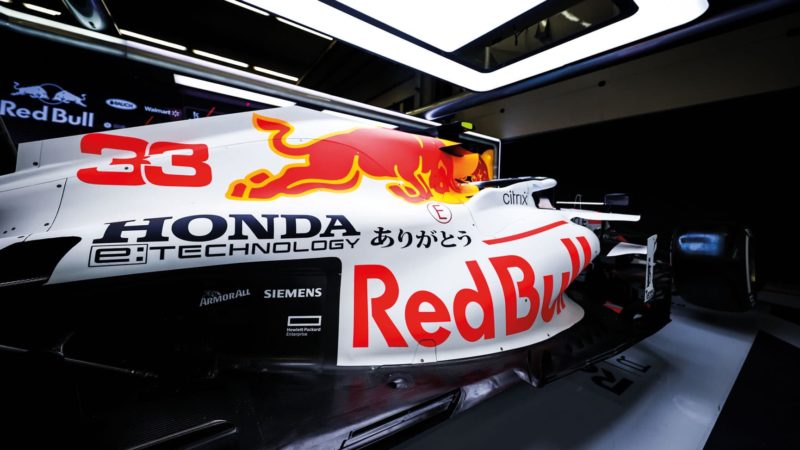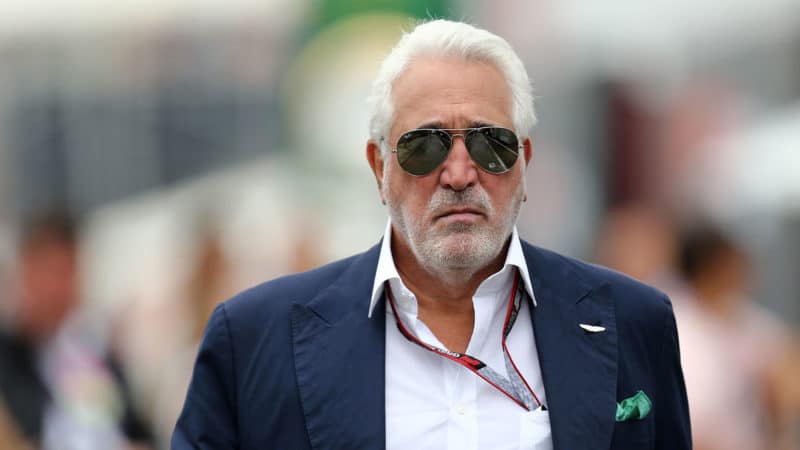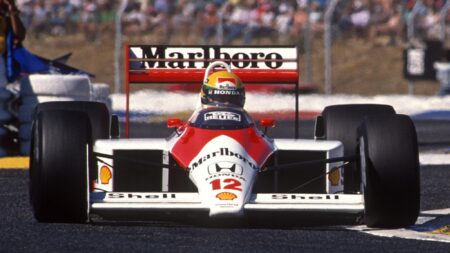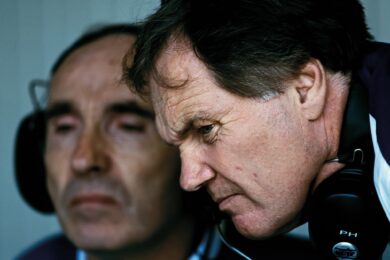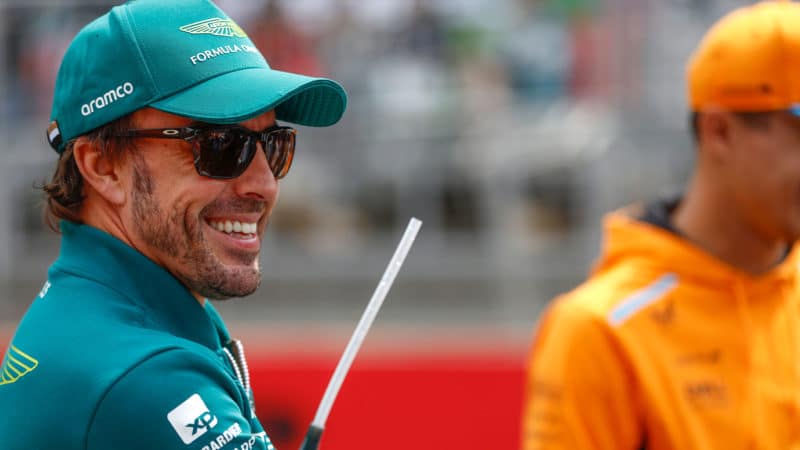It’s now 40 years since the evolution of F1’s first turbo era, which was kicked off by Renault turning up with a 1.5-litre V6 turbo at Silverstone in ’77 to take on the 3-litre normally-aspirated opposition. At first called ‘the teapot’ because it brewed up a lot and finished most races steaming by the side of the track, it was another five years before turbo engines were de rigueur in F1. Faced with competing against the likes of Renault, BMW and Ferrari, McLaren’s thrusting new team boss, Ron Dennis, along with his backer Mansour Ojjeh, went to Porsche and commissioned a turbo engine. The Porsche board was not about to sanction a works F1 involvement, and so the engine was badged a TAG. It took McLaren to constructors’ titles in ’84-85 and Niki Lauda and Alain Prost to a hat-trick of drivers’ championships from ’84-86.
It was around the same time that Honda itself joined the turbo party. After a toe in the water with what was effectively the Spirit F2 team, the Japanese partnered with Williams, a strong force in the early eighties. At first, the engine was tricky, Keke Rosberg relating how the power delivery as more like an on/off switch. But progress was rapid and by the end of ’85, the Williams-Honda was the class of the field, allowing Nigel Mansell and Nelson Piquet to set the pace in ’86-7.
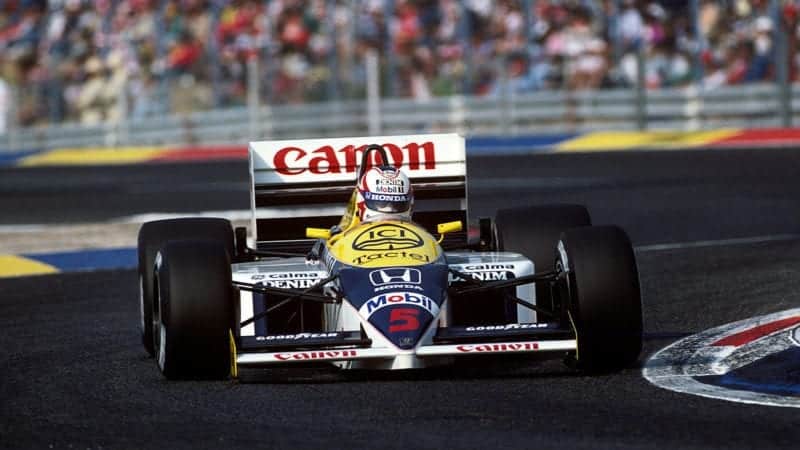
Williams turned to Honda in pursuit of turbo glory – but Japanese marque left when it thought team boss Frank was losing control
Paul-Henri Cahier/Getty Images
At the beginning of ’86, however, Frank Williams had his car accident that left him a paraplegic, returning from a Paul Ricard test. When Williams allowed Mansell and Piquet to fight each other for the championship and allow Prost to steal the drivers title from under their nose in the final race of ’86, Honda was unimpressed. There was board concern that, without Frank at the helm, Williams had lost its way. When Ayrton Senna joined McLaren for ’88, Honda dropped Williams and supplied McLaren instead. Cue another F1 power shift, with McLaren-Honda dominating the next four seasons, across both the end of the first turbo era in ’88 and the new multi-cylinder engines.
